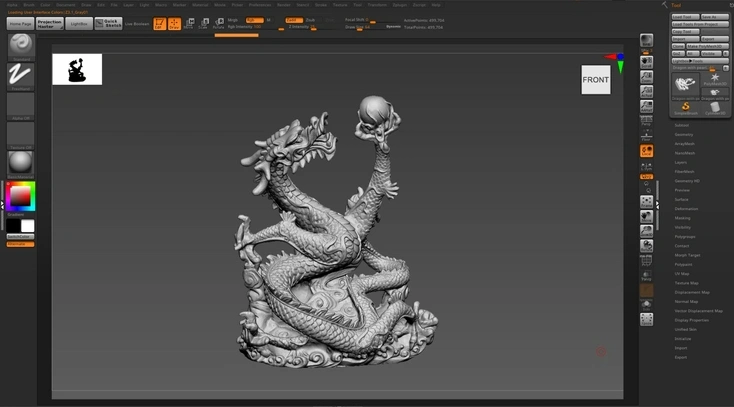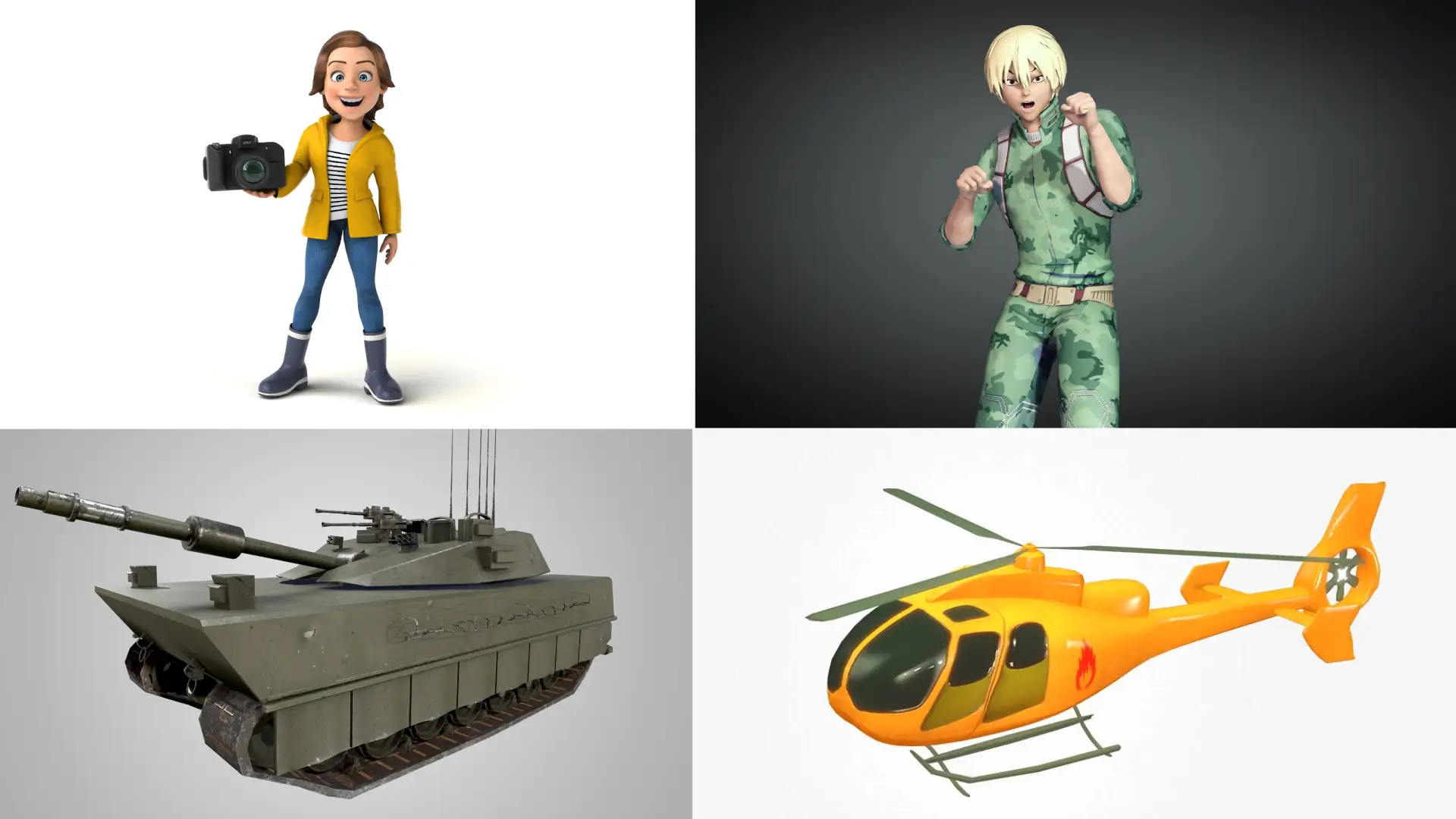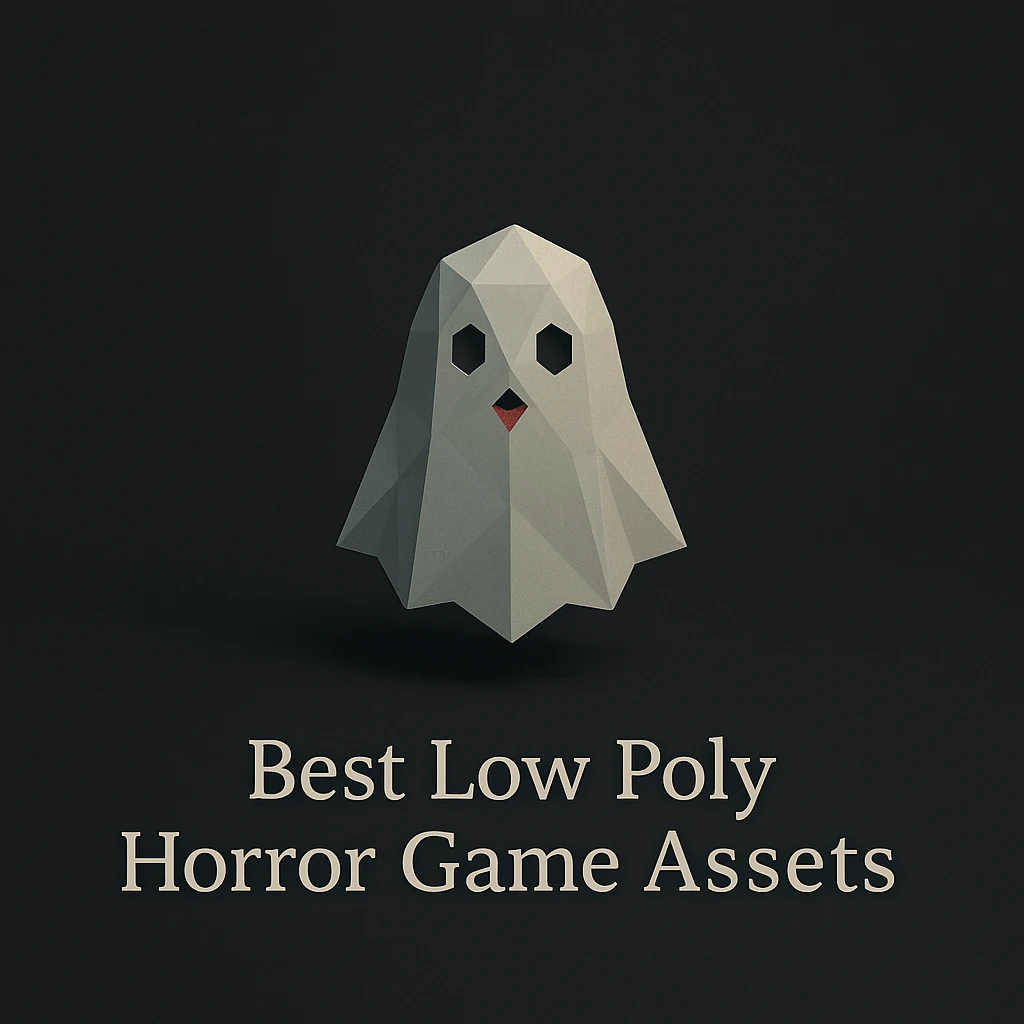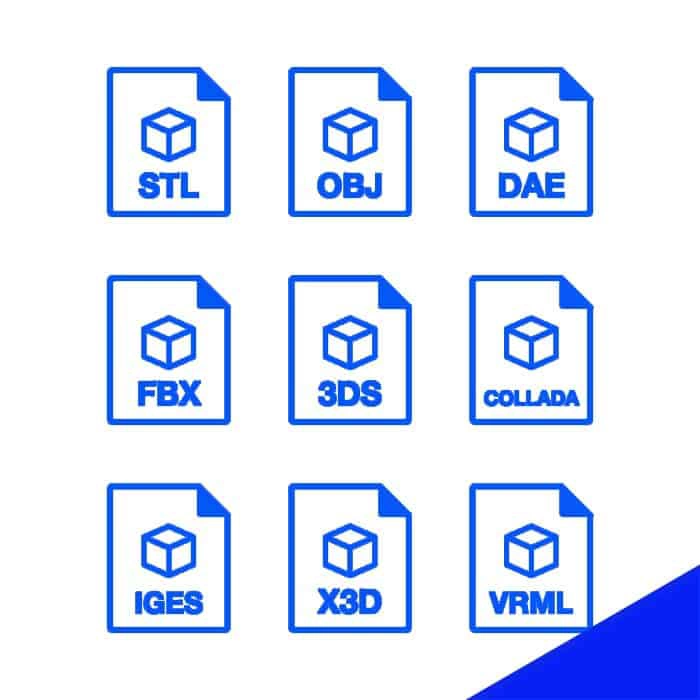Factors To Consider Before Buying 3D Models for Games
by Animatics Asset Store in Blog on September 25, 2024Let’s be honest, diving into the world of 3D models for games development feels like willingly jumping into a black hole. The complexity, the options, the “oh so tempting” freebies, it’s enough to make any developer’s head spin. But fear not, weary traveler! With a sprinkle of wit and a dash of practicality, let’s unravel this enigma together. 😏
Purpose: What Do You Want to Achieve?
Before you can even consider the intricacies of polygons and textures, you need to get your head straight about what you want to achieve. Is it a modest indie game intended for mobile, or a jaw-dropping AAA title?
Indie vs. AAA: Setting Realistic Goals
If you’re an indie developer, tread carefully. Budget constraints and limited resources mean each model purchase must be justifiable. For a AAA game, however, performance and visual fidelity take center stage. Establishing what you want (and what you can afford) minimizes heartbreak later.
Quality Matters: Visuals and Performance
Quality, the tempting siren song of perfection that can crash you into the shores of overspending. When it comes to 3D models for games, quality often equates to high polygon counts and finely detailed textures. But beware; this siren has a sibling: Performance.
Polygons and Texture Resolution
High-polygon models offer dazzling detail but can send your game’s performance spiraling into the abyss. Opt for models with moderate polygon counts and textures tailored to your platform. For instance, a 2048×2048 texture might look like a majestic eagle soaring on PC, but a stuttering pigeon on mobile.
“I made the mistake of going all in on high-poly models for a mobile game once. The preview looked magical; the actual gameplay was more ‘PowerPoint presentation.'” 😅
Compatibility: Will It Fit?
3D models for games can be picky about their environment. Imagine investing in a luxurious, high-end model just to discover it throws a tantrum in your game engine. Compatibility is not just a preference; it’s a mandate.
File Formats and Engine Support
Make sure to check the file formats. Whether it’s FBX, OBJ, or GLTF, these aren’t just random letters but critical details that determine ease of integration. Equally important is ensuring your chosen models are optimized for your specific game engine, be it Unity, Unreal, or something more niche.
Level of Customization
Out-of-the-box 3D models can save time but often require tweaks to fit your specifics. Consider the balance between ready-made convenience and the need for customization.
Rigging and Animations
Pre-rigged models can be a lifesaver, giving your artists a break and speeding up the animation process. Also, check if the model includes basic animations, such as walking or jumping. This saves both time and sanity.
Want to know more about Pre-rigged 3d models and their import process in different game engines, Read This!
Licensing Hell: Legal Stuff
Oh, licensing—every developer’s favorite bedtime reading material. Knowing the type of license a model comes with can save you from nightmarish legal battles down the road.
Royalty-Free vs. Editorial Use
Not all licenses are created equal. Ensure your model is royalty-free for the use you intend. Avoid models designated for ‘editorial use only,’ unless you want your game’s villain to moonlight as a magazine cover star.
Price vs. Value: Don’t Be Penny Wise, Pound Foolish
Ah yes, the delicate dance of cost vs. value. We all love a good deal, but sometimes the cheapest option isn’t the best (or even usable). So look for what works best for you.
(Tip: I usually buy 3d models from this account on CGtrader as it justifies price vs value to me)
Packaged Deals and Bundles
Consider packages or bundles that offer multiple models at a discounted rate. Initially, it might seem like an unnecessary splurge, but it often proves to be a smarter investment in the long run.
“I once bought a cheap model that looked decent, only to realize it was the 3D equivalent of a stick figure. Good thing I didn’t try using it for my dragon-themed RPG.” 🤦♂️
Reviews and Ratings: Listen to the Veterans
No one likes sifting through ratings and reviews, but they’re the breadcrumbs left by those who’ve gone before you. They can highlight common pitfalls and unexpected bonuses.
Community Feedback
A vibrant community around a particular marketplace often means better support and a higher standard of quality. Engage with the community—ask questions, read discussions. Sometimes a single comment can save you hours of grief.
Conclusion: The Choice is Yours
So, now you know—buying 3D models for games doesn’t have to be a tormenting experience. By considering the factors we’ve discussed—purpose, quality, compatibility, customization, licensing, price, and community—you can make informed decisions that elevate your game from ‘meh’ to magnificent.
So, what will it be? Brave the labyrinth with newfound wisdom or take a blind leap and hope for the best? We hope you choose wisely. If you found this guide helpful, why not share it with a fellow developer? Your journey has only just begun. 🌟
Happy game developing! 🎮






